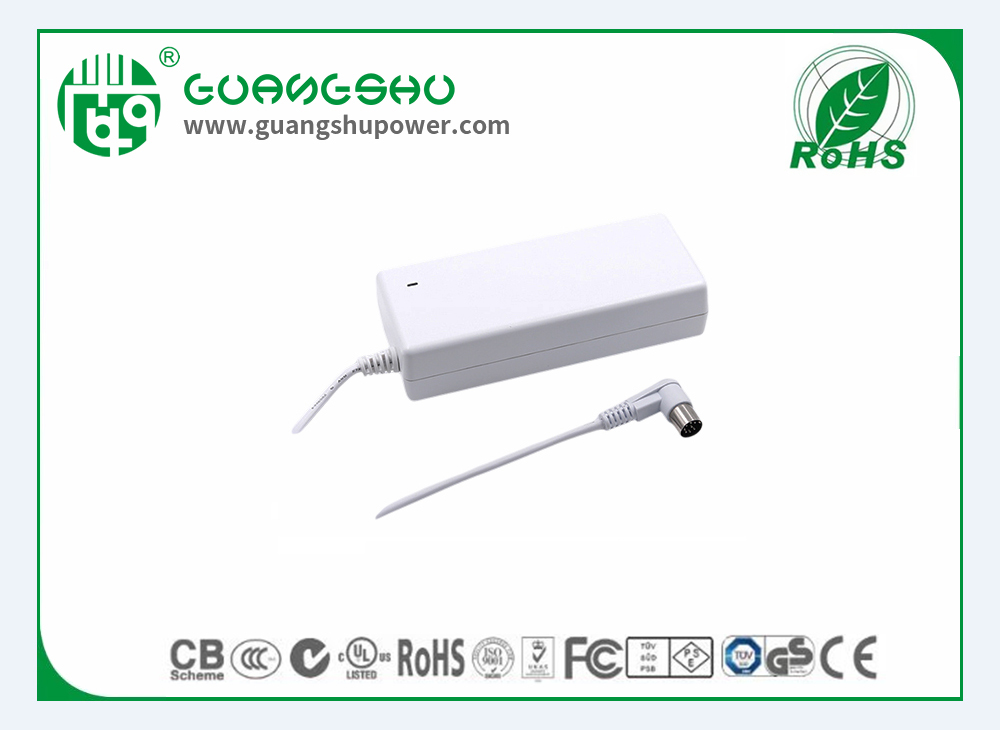Time:2025-06-06 Views:0

Capacitors play a crucial role in power chargers, serving functions such as filtering, coupling, and energy storage. When a capacitor in a power charger bulges, it is a clear sign of internal failure, usually caused by overheating, over - voltage, or aging. Ignoring a bulging capacitor can lead to more severe damage to the charger or even pose a safety risk, such as leakage or explosion.
The first step in replacing a bulging capacitor is to prepare the necessary tools, including a soldering iron, soldering wire, desoldering pump, and a replacement capacitor of the same or compatible specifications. Before starting the replacement, it is essential to disconnect the charger from any power source and discharge any remaining electrical charge in the capacitor to avoid electric shock.
Next, carefully identify the bulging capacitor on the PCB (Printed Circuit Board) of the charger. Use the desoldering pump to remove the solder from the capacitor's pins, gently lifting the capacitor out of its mounting holes. When selecting a replacement capacitor, pay attention to parameters such as capacitance value, voltage rating, and physical size. A capacitor with a higher voltage rating can be used as a substitute, but the capacitance value should match closely to ensure the charger's normal operation.
After obtaining the appropriate replacement capacitor, insert it into the original mounting holes, making sure the polarity is correct (polarized capacitors have a positive and negative terminal). Then, use the soldering iron and soldering wire to re - solder the capacitor's pins to the PCB. Check the soldering joints to ensure they are smooth and free of any short - circuits or loose connections. Finally, reassemble the charger and test it to confirm that the replacement has been successful and the charger functions properly.
Read recommendations:
NEW-65W Switching Power Supply